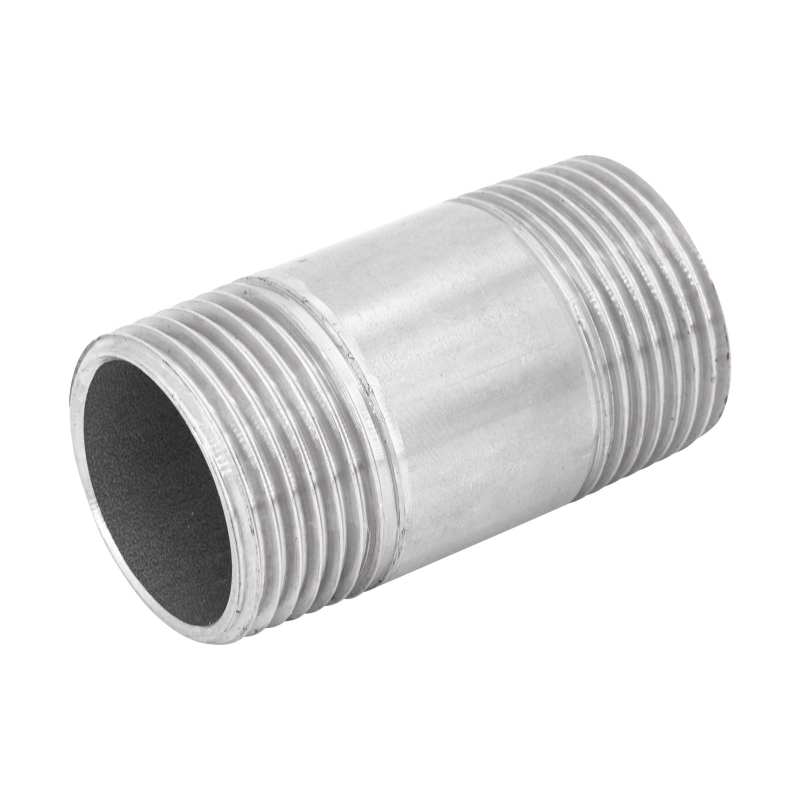-
Cangzhou Yulong Steel Co., Ltd.
-
Phone:
+86 13303177267 -
Email:
admin@ylsteelfittings.com
- English
- Arabic
- Italian
- Spanish
- Portuguese
- German
- kazakh
- Persian
- Greek
- French
- Russian
- Polish
- Thai
- Indonesian
- Vietnamese
- Zulu
- Korean
- Uzbek
- Hindi
- Serbian
- Malay
- Ukrainian
- Gujarati
- Haitian Creole
- hausa
- hawaiian
- Hebrew
- Miao
- Hungarian
- Icelandic
- igbo
- irish
- Japanese
- Javanese
- Kannada
- Khmer
- Rwandese
- Afrikaans
- Albanian
- Amharic
- Armenian
- Azerbaijani
- Basque
- Belarusian
- Bengali
- Bosnian
- Bulgarian
- Catalan
- Cebuano
- China
- China (Taiwan)
- Corsican
- Croatian
- Czech
- Danish
- Esperanto
- Estonian
- Finnish
- Frisian
- Galician
- Georgian
- Kurdish
- Kyrgyz
- Lao
- Latin
- Latvian
- Lithuanian
- Luxembourgish
- Macedonian
- Malgashi
- Malayalam
- Maltese
- Maori
- Marathi
- Mongolian
- Myanmar
- Nepali
- Norwegian
- Norwegian
- Occitan
- Pashto
- Dutch
- Punjabi
- Romanian
- Samoan
- Scottish Gaelic
- Sesotho
- Shona
- Sindhi
- Sinhala
- Slovak
- Slovenian
- Somali
- Sundanese
- Swahili
- Swedish
- Tagalog
- Tajik
- Tamil
- Tatar
- Telugu
- Turkish
- Turkmen
- Urdu
- Uighur
- Welsh
- Bantu
- Yiddish
- Yoruba

Oct . 18, 2024 13:17 Back to list
Understanding ANSI B16.5 Flange Slip-On Applications and Specifications for Optimal Performance
Understanding Flange Slip-On ANSI B16.5 An Overview
In the realm of piping and fluid systems, flange fittings play a crucial role in ensuring the integrity of connections. Among various types of flanges, the slip-on flange stands out particularly due to its versatility and ease of installation. This article delves into the characteristics, applications, and considerations regarding slip-on flanges according to the ANSI B16.5 standard.
What is a Slip-On Flange?
A slip-on flange is designed to be slipped over the pipe end, allowing for simple assembly and alignment. The flange has a slightly larger diameter than the pipe, which permits it to slide onto the pipe for connection. Once in position, the flange is welded both inside and outside to form a secure connection. This weld configuration not only strengthens the joint but also minimizes the risk of leakage.
ANSI B16.5 Standards
The American National Standards Institute (ANSI) provides standards that govern the design and construction of various mechanical components, including flanges. The ANSI B16.5 standard specifies the requirements for pipe flanges and flanged fittings, including dimensions, tolerances, materials, and pressure-temperature ratings.
According to B16.5, slip-on flanges are available in several classifications, including raises and flat faces. The raised face type enhances sealing capability by increasing the contact area between the flange and the gasket. This characteristic is vital for high-pressure applications where leakage is a significant concern.
Advantages of Slip-On Flanges
1. Ease of Installation One of the primary advantages of slip-on flanges is their straightforward installation process. They do not require precise pipe preparation, making them suitable for various field conditions. The ability to align and install without complicated adjustments is beneficial for construction teams.
2. Cost-Effectiveness Slip-on flanges are generally more economical compared to other flange types, such as weld neck flanges. The lower material costs and reduced labor requirements contribute to their cost-effectiveness.
flange slip on ansi b16 5

3. Versatility Slip-on flanges can be used across a wide range of applications in industries such as oil and gas, chemical processing, and water treatment. Their ability to accommodate different diameters and pressures makes them a reliable choice for diverse system designs.
4. Durability When properly welded, slip-on flanges provide a robust connection that can withstand significant stresses and environmental conditions. They are typically made from various materials, including carbon steel, stainless steel, and alloys, which offer corrosion resistance and longevity.
Considerations for Use
While slip-on flanges present multiple benefits, certain considerations should be taken into account during application
- Welding Quality The integrity of a slip-on flange joint is heavily reliant on the quality of the welding. It is essential to ensure that the welds are inspected and certified to prevent failure during operation.
- Pressure Ratings The ANSI B16.5 standard outlines various pressure classes for flanges. It is crucial to select a slip-on flange rated for the specific pressures expected in the system to ensure safety and reliability.
- Alignment and Fit Even though slip-on flanges offer easy assembly, ensuring proper alignment during installation is critical to avoid stress and potential failure at the joint.
Conclusion
In conclusion, slip-on flanges in accordance with the ANSI B16.5 standard provide a practical and efficient solution for connecting pipes in various industrial applications. Their ease of installation, cost-effectiveness, and durability make them a popular choice among engineers and construction teams. However, the success of these fittings hinges on proper welding practices and adherence to pressure ratings. Understanding these factors ensures that stakeholders can make informed decisions when selecting flanges for their piping systems. As industries continue to evolve, the significance of reliable components like slip-on flanges will undoubtedly remain at the forefront of fluid management and piping solutions.
Latest news
-
ANSI 150P SS304 SO FLANGE
NewsFeb.14,2025
-
ASTM A333GR6 STEEL PIPE
NewsJan.20,2025
-
ANSI B16.5 WELDING NECK FLANGE
NewsJan.15,2026
-
ANSI B16.5 SLIP-ON FLANGE
NewsApr.19,2024
-
SABS 1123 FLANGE
NewsJan.15,2025
-
DIN86044 PLATE FLANGE
NewsApr.19,2024
-
DIN2527 BLIND FLANGE
NewsApr.12,2024
-
JIS B2311 Butt-Welding Fittings LR/SR 45°/90° /180°Seamless/Weld
NewsApr.23,2024











